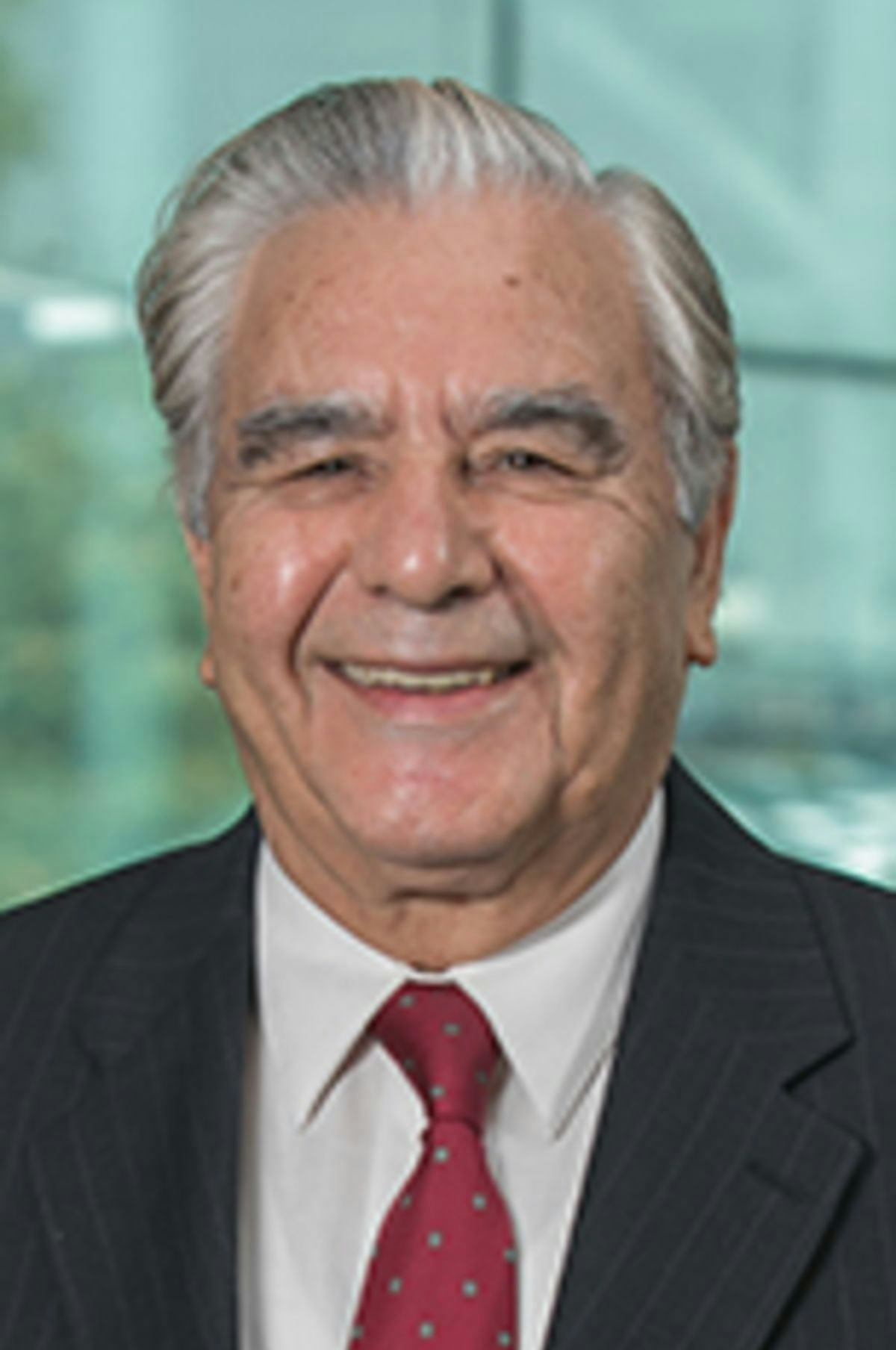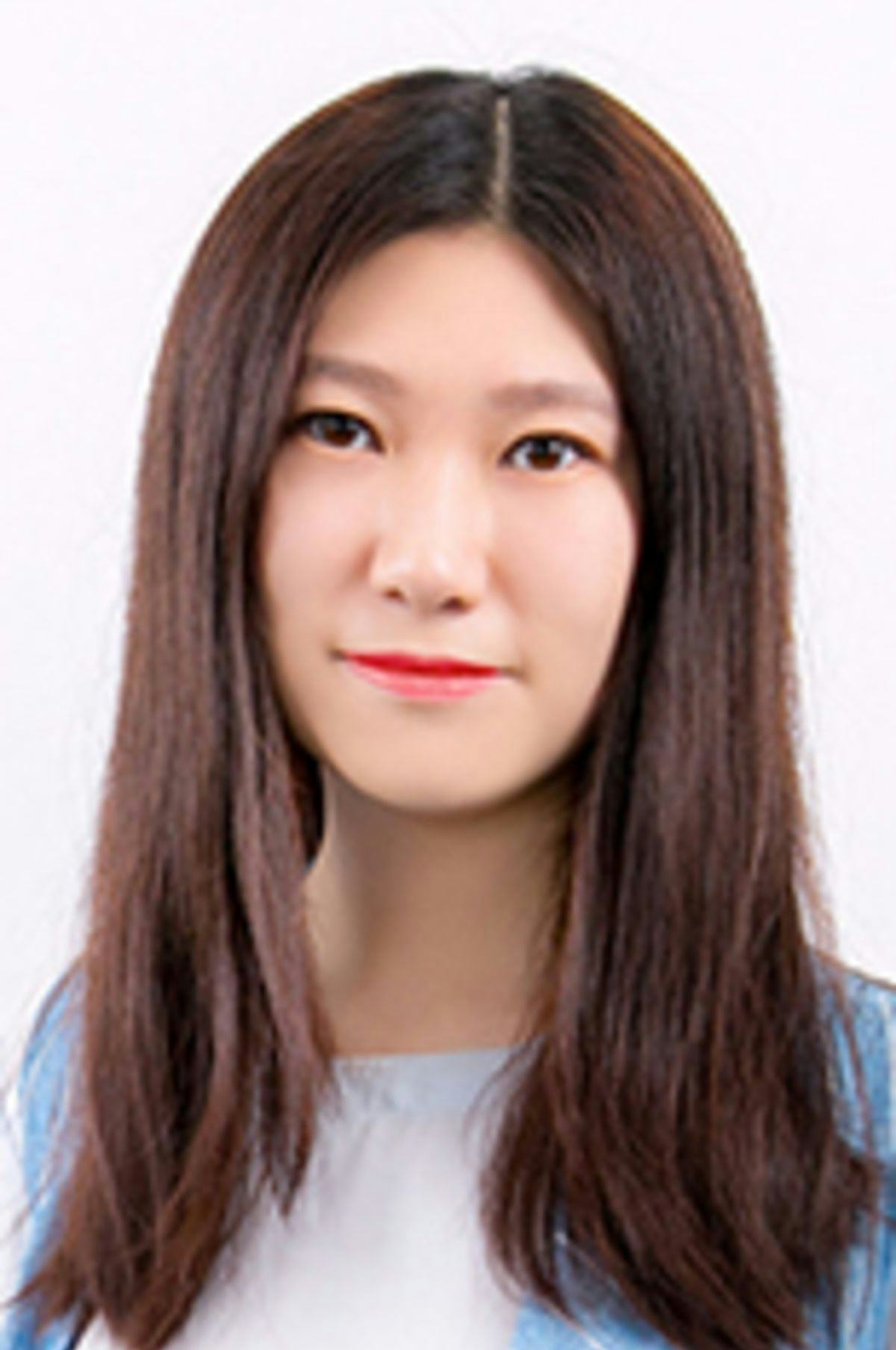In Seeking Data-Driven Makeover, L'Oreal's HR Team Gets a Lift from Stevens
Research Project Gave Managers Insights into Practical Value of Analytics in Making HR a Partner of the Business
L’Oreal’s human resources department is known for its focus on talent, career development and investments in people. But what if HR could be even more than that?
Gary Winant knows that investing in data is the future of HR, and that fluency in data serves employees as much as it does leaders by helping managers identify employees at risk of resigning, recommend improvements to training programs and increase engagement.
“Analytics really opens the door for HR to be a better business partner,” said Winant, assistant vice president of HR reporting and analytics at L’Oreal USA. “Whether you’re talking about the bottom-line ROI of reducing turnover or becoming an employee-centric organization that improves the lives of its workers, analytics has the power to enable the kind of engagement with the data that allows for better decisions and a more proactive HR department.”
Seeking expertise from Stevens
However, when Winant first got approval to explore predictive analytics related to employee attrition a few years ago, L’Oreal’s HR department didn’t have the in-house expertise to build the models that would enable that kind of decision-making. So he turned to the School of Business at Stevens Institute of Technology, with its strong reputation for teaching data scientists to think about how their work supports corporate objectives.
“The value of the Business Intelligence & Analytics program at Stevens is the emphasis on how analytics are applied in solving actual business problems,” Winant said.
He wanted Stevens to do a proof of concept on the value of people analytics, and asked a team of students and faculty to examine more than 10 years of L’Oreal employee data to build a model that could predict attrition.
For Dr. Mahmoud Daneshmand, the lead faculty researcher on the project, there’s no question that employee attrition is a data science problem. Studies from the Society for Human Resource Management and Gartner have found that every time a business loses an employee, it costs between six and nine months of that worker’s salary to recruit and train a replacement.
“We can look at the data on employees — when they were hired, at what role, at what salary; where they live; who referred them to the company — and analyze it to find patterns for people who leave versus those who stay,” Dr. Daneshmand said. “If you have an employee with a high attrition score, you can start making decisions — do you give this person a promotion or a raise to better engage them, or do you start interviewing candidates so you’re prepared when that person leaves?”
Dr. Daneshmand has been on the front lines of predictive analytics throughout his career, which has involved academic research leadership as well as management experience at AT&T Labs. And he’s worked in data science long enough to know that it’s a team sport.
“We have a breadth of expertise that makes us a good partner for a company like L’Oreal,” he said. “We have students who are willing to do hard work, we have experts in A.I. and machine learning, computational experts, and others who bring expertise in disciplines like finance or life sciences.”
Jiahui Bi M.S. ’19 said the experience of working with a real corporate data set will be invaluable to her as she searches for work as a data scientist.
“It’s very different from our course projects,” Bi said. “In our classes, we were given pretty clean data sets and didn’t have to spend much time doing preprocessing. For this project, before we could do any meaningful analysis, we had to spend a lot of time cleaning the data.”
Bi worked with her fellow students and professors to process the data, decide which algorithm to use in building an accurate predictive model, and develop a Tableau report and dashboard to present to an executive team at L’Oreal’s U.S. headquarters, in New York.
A combination of business, data science skills
The BI&A program’s focus on teaching data science alongside business skills is what brought Bi to Stevens in the first place.
“Unlike a lot of other programs, Stevens really emphasizes how to apply data science techniques in industry,” she said. “Professor Daneshmand showed us how to make the case to businesses by presenting our findings in ways that executives understand.”
Winant, who hosted the Stevens team with other members of his group and L’Oreal USA’s chief human resources officer, is familiar with the high quality of work Stevens graduate students bring to business projects, and he wasn’t disappointed in the results.
“It was a great partnership,” Winant said. “I can’t say enough about how tech savvy the students are, and their level of engagement was fantastic. Our CHRO asked them a lot of great questions, and the students were able to answer them from both a technical perspective and in laymen’s terms, so people not as familiar with the analytics could understand the strategy.”
The model the Stevens students and researchers created for L’Oreal was so valuable that Winant was able to persuade executive leadership at the company to bring in a third-party partner to provide out-of-the-box analytics.
“The Stevens model gave us the confidence to devote some resources to this initiative,” he said. “Because we want to build something sustainable, with constant updating, it ultimately made more sense for us to engage an outside company to do that modeling. But we wouldn’t be where we are now if not for the students proving to us the value we can get from analytics.”
M.S. in Business Intelligence & Analytics Graduate business programs School of Business




